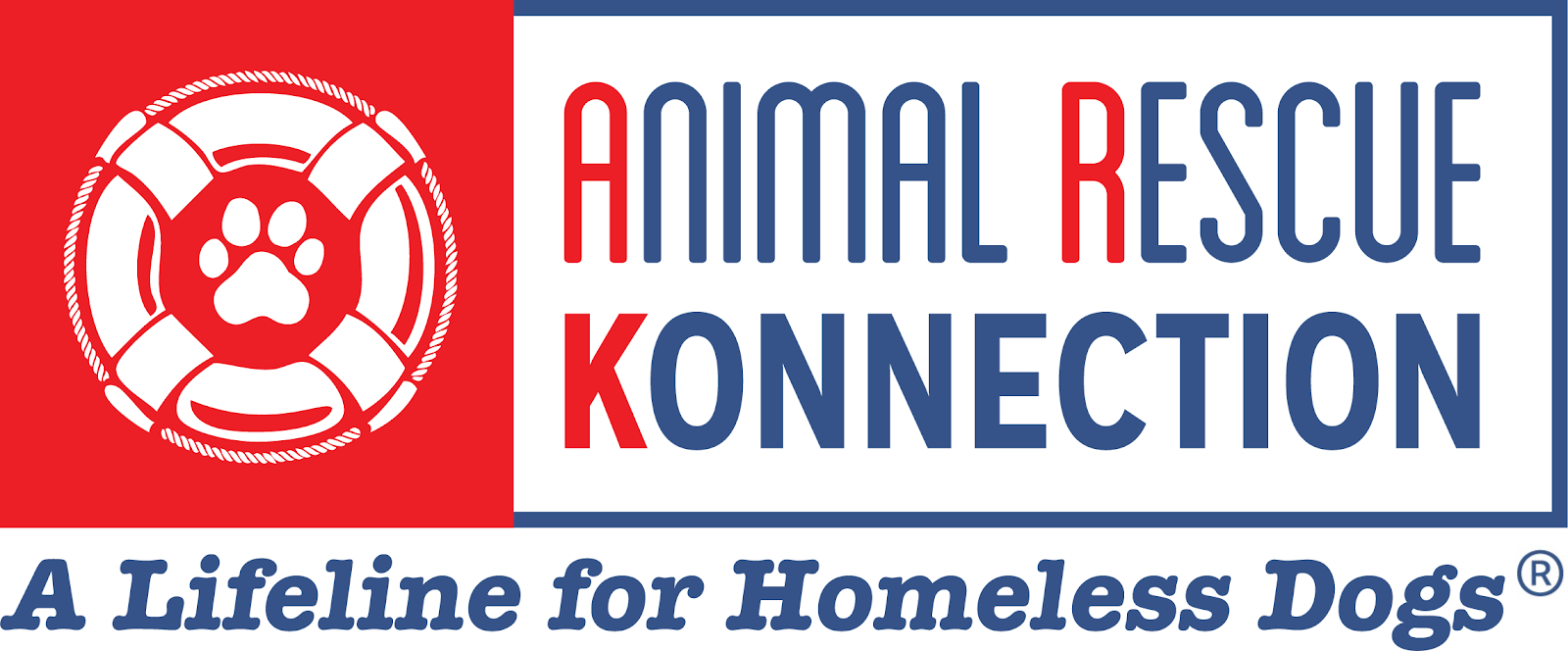How do we save dogs from behavioral euthanasia?

Though tremendous progress has been made in animal welfare and sheltering, many organizations still promote euthanasia as the first and only option when owners seek help to rehome dogs they consider “less-than-perfect.” Sight unseen, few questions asked, no behavioral discussions made. People are generally distraught when making such a phone call. They love their dog and are relying on professionals to help, yet euthanasia is often the go-to answer they are given.
If you ever get into this situation, don’t act upon this option until you’ve done your homework. There are lots of options out there. If you don’t receive guidance and resources, or advice to get a behavioral assessment, keep looking for answers.
Unfortunately, many owners are given appointments for behavioral euthanasia instead of ways to avoid it. Putting their dog down is the last thing owners want to do, but this scenario happens often despite evidence against the outdated practice.
That said, many animal shelters throughout the country have documented programs in place so that vulnerable dogs don’t become owner-relinquished euthanasia cases, but rather owner-retention cases or shelter-sponsored rehoming cases managed by the owner.
Animal Rescue Konnection (ARK) has fielded a slew of emails and calls from distraught owners who do not want their dog to die. Animal shelters and rescues have told them that nothing can be done. Thinking these organizations know best, many owners schedule the euthanasia. Fortunately, owners have started questioning this answer and continue to search for an alternative. ARK is almost always able to help the owners who contact them by providing self rehoming tools. However, too many lives are still lost.
Part of the problem with hasty euthanasia is poor communication. Many owners do not know how to articulate behavior issues. Lives are saved when staff ask appropriate questions to reveal the details, history, and circumstances about an incident. If there’s no meaningful conversation the owner will likely be told, “Sorry, our policy is to euthanize any dog that bites.”
No matter the circumstances or bite level, most shelters have a zero-tolerance bite policy, which is generally based on liability. The sad truth is that in many cases the dog has not really bitten, he has snapped or nipped; sometimes provoked or cornered. Bites are almost always the cause of human failure, so why are the dogs punished?
ARK has found disparity between what an owner says or understands and the reality of the situation. Terminology is also a problem. Words like aggression and out of control are usually inaccurate descriptors. Once the owners are asked probing questions about their dog’s behavior, and given the right terminology, they are able to provide clearer details. From there, appropriate options are identified so that owners can manage or even overcome their dog’s issues. Animal shelters and rescues alike could make better decisions with this style of questioning.
Kudos to all the shelters who have modernized practices, but there’s more work to do. We should not be satisfied with organizations who still use outdated practices and are unwilling to work harder, ask better questions, and use behavioral programs which are the gold standard of care.
If your dog is at risk, ask lots of questions and seek options! Euthanasia should be a last resort.
Just Save Them®
